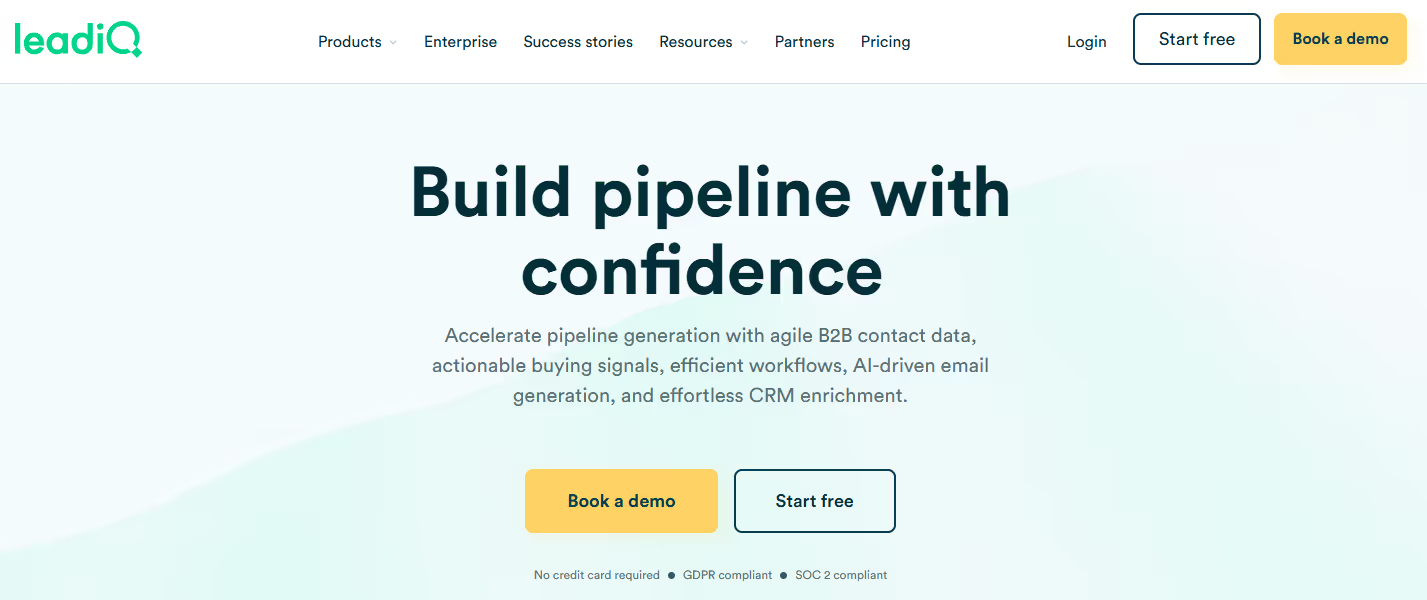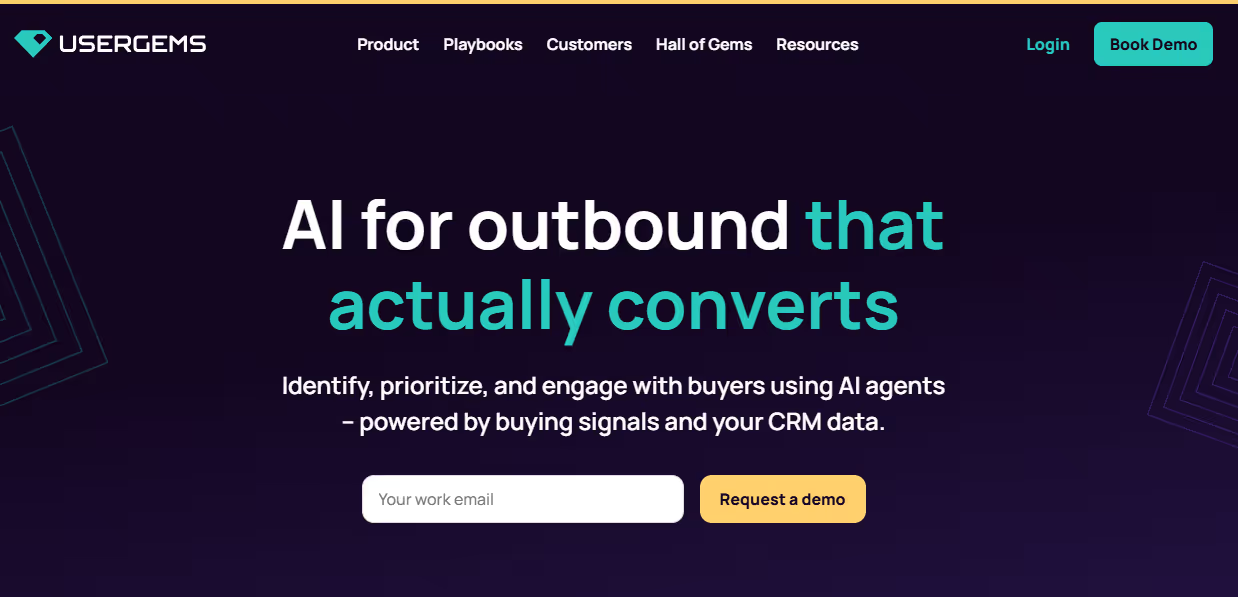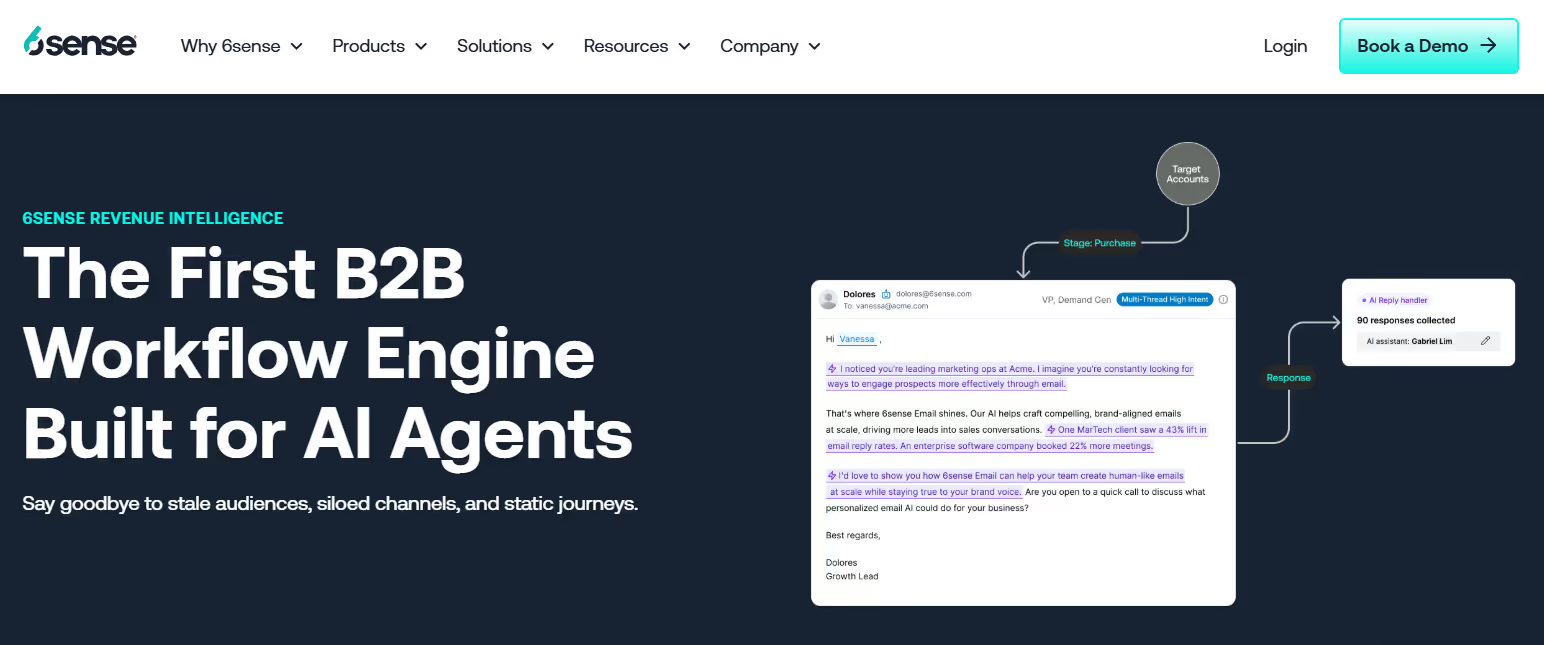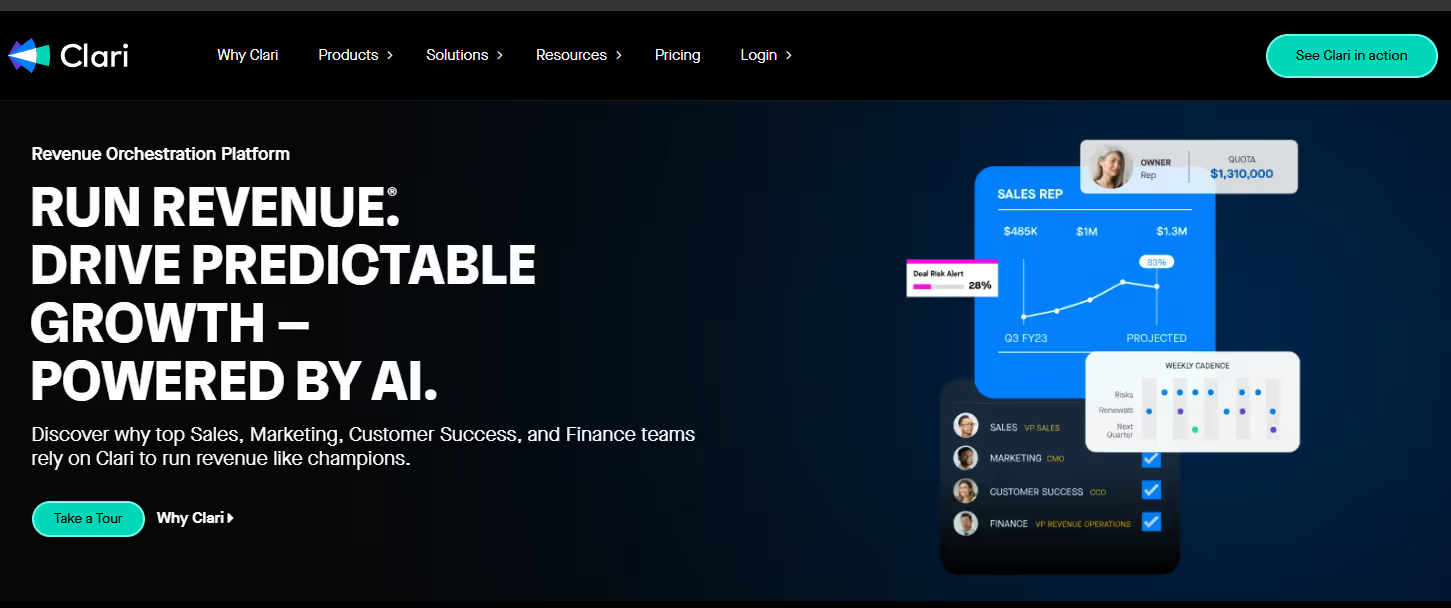Ready to create more pipeline?
Get a demo and discover why thousands of SDR and Sales teams trust LeadIQ to help them build pipeline confidently.



Sales success is all about reaching the right person with the right message at the right time — before your competitors do.

By tracking B2B buying triggers and using them to inform your outreach strategy, you can increase the chances of reaching out to a prospect who’s receptive to your offer.

Using AI-powered sales tools, you can track buying triggers automatically and engage prospects right after an event, making it that much easier to crush your quota.
Get a demo and discover why thousands of SDR and Sales teams trust LeadIQ to help them build pipeline confidently.
Timing is everything in sales. According to the Harvard Business Review, reps who connect with prospects within an hour were nearly 7x more likely to qualify that lead compared to those that waited more than an hour. For firms that waited 24 hours or more to follow up, that number shot up to 60x.
If closing deals is the name of the game, reps need to respond right when a prospect is ready to buy — and not a moment later. Studies show that as many as 50% of all sales go to companies that are first to respond once a would-be customer shows interest.
By tracking buying triggers and acting on them as soon as possible, reps can engage prospects at the perfect moment — and win more business because of it.
Buying triggers are events or developments that indicate an organization is likely to be looking to make a purchase.
Maybe the company just announced a $10 million Series B round and needs scalable tools, maybe they hired a new Chief Marketing Officer and are looking to uplevel their marketing function, or maybe they’ve just been on the wrong end of a data breach and need to fortify their cybersecurity defenses.
Also known as buying signals and sales triggers, buying triggers enable teams to take a more proactive approach to winning business. Instead of waiting for a prospect to express interest (e.g., by downloading an ebook or requesting a demo), reps can preemptively reach out to prospects by anticipating their needs, using relevant messaging that resonates.
There’s no shortage of buying triggers reps can use to reach interested prospects at the perfect times. By familiarizing yourself with the common types of buying triggers and incorporating them into your sales strategies, you can increase the chances you engage prospects when they’re most receptive to your pitch.
With that in mind, let’s check out a brief overview of the four common types of sales prospecting triggers, along with real-world examples of each of them.
Company changes — like new funding rounds, mergers and acquisitions, leadership changes, or hiring sprees — are one of the most common sales triggers. When these kinds of events occur, organizations are poised to make big changes.
For example, when a company hires a new Director of Engineering, there’s a good chance that the individual, tasked with enhancing the engineering org, will look to invest in some new developer tools and begin assembling their ideal tech stack.
Similarly, if a current champion of your product lands a new role with decision-making authority at a new organization, you can use the event to engage the power user, congratulating them on their new job while gently reminding them about their past successes with your products. In an age where workers change jobs regularly, champion tracking can help you hit your numbers by selling to folks who already have an affinity for your products.
Behavioral signals reflect actions that prospects take which indicate they’re likely ready to make a purchase. These triggers reflect intent and are usually captured through online activities or via interactions with your company.
A prospect who goes to your company’s product pages several times over a weeklong period, for example, is likely interested in what you’re selling — particularly since B2B buyers do as much as 70% of their research before reaching out to a company.
At the same time, folks who attend webinars, start free trials, or engage with email marketing campaigns are prime candidates for conversations because they’re overtly expressing interest in your offerings.
Reps can identify B2B sales opportunities by tracking technographic triggers — like when a company adopts new software, reconfigures their tech stack, or decides to address cybersecurity concerns. Such changes can telegraph when a firm is ready for a new solution.
For example, when a company moves away from a legacy on-prem customer relationship management (CRM) tool to Salesforce, it signals the organization will very likely need additional tools and services to ensure data flows seamlessly between the cloud-based CRM and the other tools in their tech stack.
What’s more, that same company choosing to move their CRM to the cloud may still be relying on other legacy systems — highlighting how seemingly unimportant technographic information can actually be an important alert.
Reps can also use trigger-based selling strategies in response to evolving environmental realities — like new regulations coming down the pike or economic conditions causing businesses to rein in their spending.
In 2018, the GDPR became the law of the land for businesses in Europe, and international businesses selling to European customers. Ahead of the enactment, organizations had to ensure they were handling sensitive customer-specific data in a compliant manner — an exceptional trigger for reps selling things like compliance software and data security tools.
And as businesses struggle to figure out how to navigate today’s tricky economic climate, many may be in the market for automation tools and AI-powered solutions that enable them to do more with less.
All sales teams are focused on the same thing: winning more business.
Buying triggers can be a game-changer here, with one report suggesting that teams leveraging trigger events boast 400% higher conversion rates than those that focus more on run-of-the-mill outreach. 400%! 🤯
When it boils down to it, there are tons of reasons today’s leading B2B sales teams leverage trigger-based selling strategies. By using buying triggers, reps can:
Not even two years after entering the mainstream with the launch of ChatGPT, artificial intelligence is everywhere in sales. According to HubSpot research, 43% of sales teams were using AI tools in 2024; just 24% had deployed AI in 2023.
As AI adoption continues to accelerate, it seems all but certain that even more sales orgs will use AI sales tools in 2025 and beyond.
At LeadIQ, we’re all about helping teams like yours move as quickly as possible while supercharging pipeline generation. That’s why we’ve invested heavily in ensuring our customers have quick access to alerts to the most important buying triggers — like when a power user or champion changes jobs.
Looking ahead, we plan to make this functionality even more powerful by further integrating AI into our tools to surface additional insights, predict buying intent with more accuracy, and otherwise ensure reps are prioritizing the right accounts at the best times.
But enough about us. While you can use our AI sales tools to work more effectively, AI can help you in myriad ways:
You’ve identified a buying trigger. Awesome stuff!
But remember: In a world where the first rep to reach out often wins business, sales triggers are only valuable if you act on them quickly and intelligently.
Once a buying trigger materializes, reps need to map it to the right action based on context and buyer persona; think of it as market segmentation just based on a prospect’s unique circumstances or actions instead of their inherent characteristics.
Now that we’ve got the basics down, let’s look at three key actions you might take after discovering a trigger and why.
As you can see, tracking buying triggers automatically can make life a heck of a lot easier for sales reps. That said, not every AI sales tool is created equally, so it’s important to research your options to see which solutions are best for you. Here are five AI sales tools you can use to sell more effectively; read on to see how they stack up.

Of course, we’re a bit biased here. But we believe that LeadIQ is the best AI sales tool on the market today for automatically tracking buying triggers, including when champions and power users switch jobs. Our reps use LeadIQ every day to grow our own business, and we’re confident you can use it to do the same.
Key features:
Pros:
Cons:
G2 rating: 4.2/5
Pricing: Free tier to start

UserGems is a sales intelligence solution that helps reps track job changes and monitor power users.
Key features:
Pros:
Cons:
G2 rating: 4.7/5
Pricing: Starts at $2,500/month for 20 users

6sense is an account-based orchestration platform that leverages intent data and AI to help revenue teams engage prospects at the best times.
Key features:
Pros:
Cons:
G2 rating: 4.3/5
Pricing: Free tier to start

Gong is an AI-powered revenue intelligence platform that records and analyzes customer calls, emails, and meetings to surface insights for better sales outcomes.
Key features:
Pros:
Cons:
G2 rating: 4.8/5
Pricing: N/A

Clari is a revenue operations solution that gives sales teams the visibility and forecasting tools they need to better predict pipeline.
Key features:
Pros:
Cons:
G2 rating: 4.6/5
Pricing: N/A
As sales reps know too well, there are only so many hours in the day. Since reps spend less than 30% of their time actually selling, it’s important that they pack as big of a punch as they can while prospecting — which is precisely where buying triggers can really move the needle.
By tracking buying triggers, incorporating them into your sales process, and being ready to strike immediately after the trigger event occurs, sales teams can operationalize these actions — and crush their numbers because of it.
That way, whenever a champion joins a new company, a target account invests in your competitors’ tools, or a prospect announces they’ve closed a $30 million Series C round, your team can reach out to the right person with the right message at the right time — every time.
To learn more about how LeadIQ can help you track buying triggers and capitalize on prospects who are ready to buy, request a demo today.